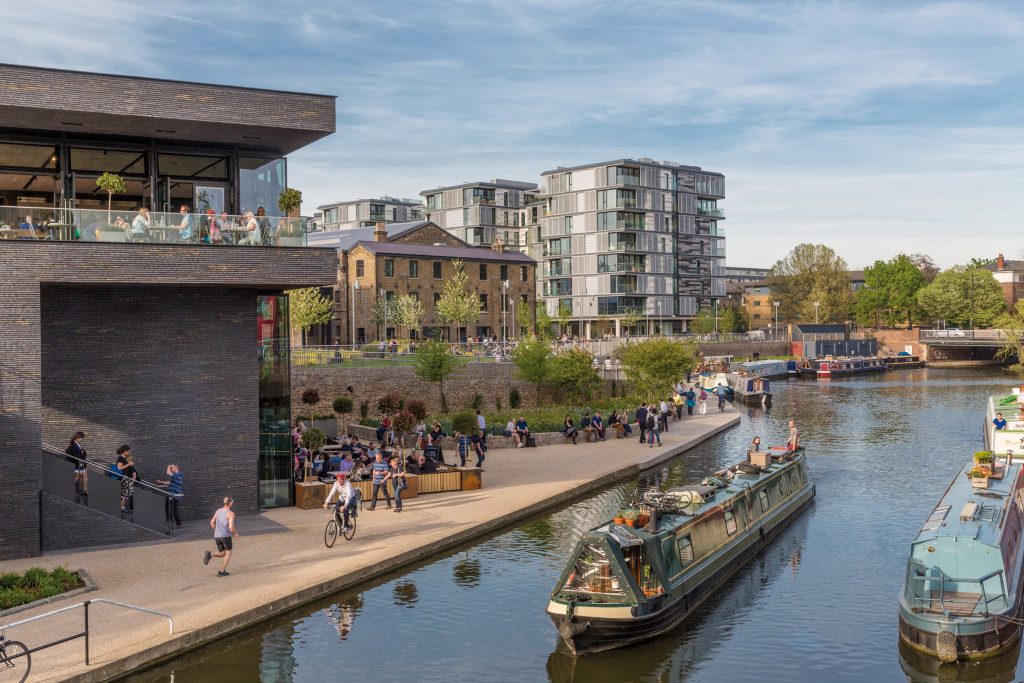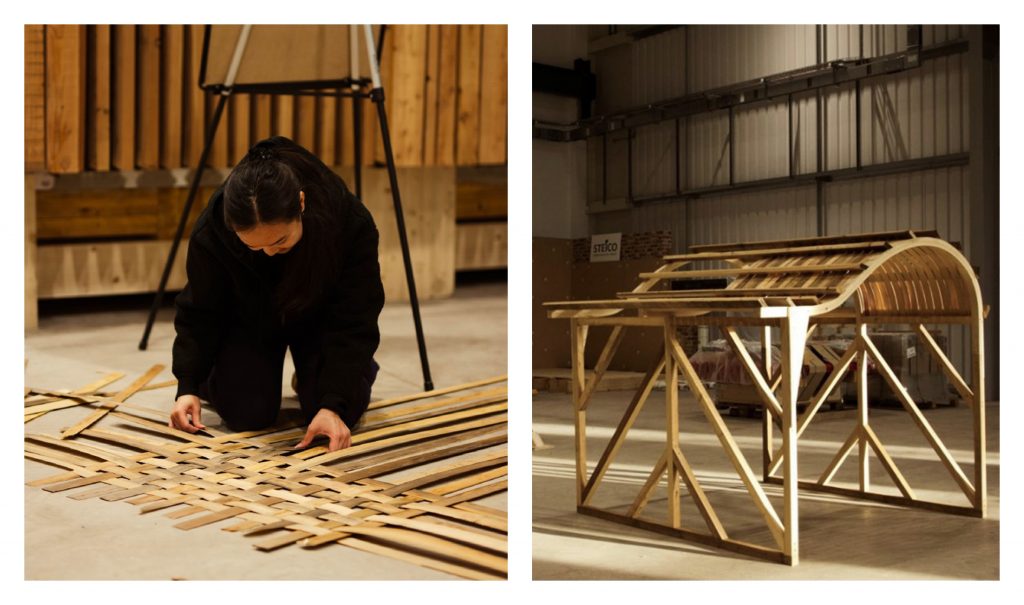As we are faced with the onslaught risk of worldwide economic recession and a potential shake-up in the planning system, flagged by Housing Minister Robert Jenrick, the outlook for housebuilding is uncertain. With the loosening of restrictions, will volume housebuilders continue their supply line? And if they do, will they continue to churn out the same cookie-cutter approach to housing as many of them have before?
Results [0]
What lessons can we learn from COVID-19

Designers, planners, and developers are no doubt asking themselves what kind of impact COVID – 19 will have on the way we plan cities and neighbourhoods in the future and what we can learn as we emerge from them. A major influencing factor, at least in the next few years, will be how the population’s experience will change their perception towards what is considered a comfortable home.
A recent audit undertaken by the Bartlett School of Planning, the Place Alliance and the Countryside Charity, found that the vast majority of new housing developed by housebuilders is overwhelmingly ‘mediocre’ or ‘poor’. The findings also highlighted that most new developments failed to provide good pedestrian, cycle, and public transport connections. Developments were also poorly serviced by local facilities and amenities encouraging residents to be car dependent. The report pains and ugly picture of a lack of aspiration amongst most housebuilders and local councils lacking the resources to challenge the status quo.
So, what effect can the pandemic – and how the population will want to live in the years and months to follow – have on this already combustible situation?
Buyer behaviour
The thoughts running through the minds of future home buyers might include:
- Whether it offers good quality private outdoor spaces, a spacious living room, and bedroom that can allow multiple occupants enough room to retreat from one another as we spend more time at home.
- A reassessment of spatial needs that contemplates the continuance of some form of working-from-home arrangement. How can we integrate a workspace within the home that allows for effective working but does not encroach on our living arrangement?
- Consideration for their route to work or to see family and friends and whether they are willing to expose themselves to potentially catching the virus using public transport.
- Desire for more space – Already over the past year we have seen an extraordinarily high growth in demand for homes outside of city centres as buyers opt for more space in anticipation of a continuance of working-from-home.
Availability of space
Throughout the COVID restrictions some Londoners were seen retreating from their dense neighbourhoods during the pandemic to temporarily live in the larger homes of family or friends located in less dense parts of the UK. In a report released by the Centre for Cities, (2019) it found that people living in UK cities have around 35.5 sqm of floor area each in their homes on average. This is much less than the average of 45 sqm of living space per person found in other parts of the UK. In a further study, (2020) they found that workers in prosperous cities are more likely to work from home but also have less space to do so than those living in non-urban areas.
Already, there are signs of a higher demand for increased quality, more generous space standards, and private amenities from renters and owner-occupiers having to withstand self-isolating in poor quality accommodation.
Lessons learnt during lockdown
A change in consumer behaviour offers a significant opportunity for the housing industry to reflect upon our current approach toward design. Our response shouldn’t be limited to how we can adapt to the changing needs of occupants but should look further towards how we can collectively improve the wellbeing of the population and the environment:
- Lower energy consumption. Spending more time at home has meant households consume more energy throughout the day. Therefore, it is more pertinent now that housing standards are set to vastly reduce embodied and operational carbon emissions much further beyond the current government targets.
- High-quality communication technology. During lockdown and for those self-isolating, electronic forms of communication have become our sole way of communicating with teachers, colleagues, and loved ones. Even more compelling is the increase in people reaching out to others within their neighbourhood, whether to offer help to those self-isolating or as a source of unearthing more localised information. Apps such as Nextdoor experienced an 80% increase in users during the early weeks of lockdown. These emerging trends will put further emphasis on the importance of access to high-quality communication technology within all homes throughout the entire country.
- Public outdoor spaces. Despite an increased dependency on technology, we must not disregard the importance of access to green public spaces and streets that are safe and attractive. Over the last months, we have come to rely much more on these spaces as places for exercise, socialising and respite from the indoors. Being within close walking distance to green public spaces has never been more important for both our physical and mental wellbeing.
- Proximity to essential amenities. Limiting our use of public transport to only essential journeys has highlighted residential areas across the country that aren’t within walking distance to essential amenities such as a well-stocked grocery store and a pharmacy. Ensuring everyone living in neighbourhoods can easily walk to these amenities should become mandatory.
- Housing quality. Being forced to spend 24 hours in our homes has brought many of us to reckon with the inadequacies of our own home. Whether it be a lack of space to work-from-home, lack of private outdoor space, or lack of natural daylight access. Better consideration must be made as to how we design for specific groups of residents, such as the aging population and those in high-risk category groups to limit their exposure to others, who may be carrying the virus, whilst allowing them to safely socialise.
The right moment for change
These points relate to design principles that architects and more aspirational local authorities and housing developers have tried to promote and uphold pre-COVID. However, their significance during this pandemic has never been more pronounced.
As humans continue to tamper with our ecosystems at an alarming rate, scientists have concluded that there is enough evidence to suggest that the risk of new human-wildlife transmitted infections will continue to increase. Another cataclysmic pandemic may occur within our lifetime.
The timely release of the Bartlett report and the challenges of COVID signals the right moment for local government and housebuilders to overhaul their approach towards housing design and quality.
One of the many issues this pandemic has further emphasised is the great disparity between housing quality and access to amenities across the country. To close the gap, the housing industry must enact now to ensure the outdated and unsustainable models for housing are no longer perpetuated. Housing access is not only a matter of affordability — it is also a matter of providing everyone access to a home that betters their quality of life and wellbeing.

This piece was originally published on medium.com on behalf of the Quality of Life Foundation in July 2020






